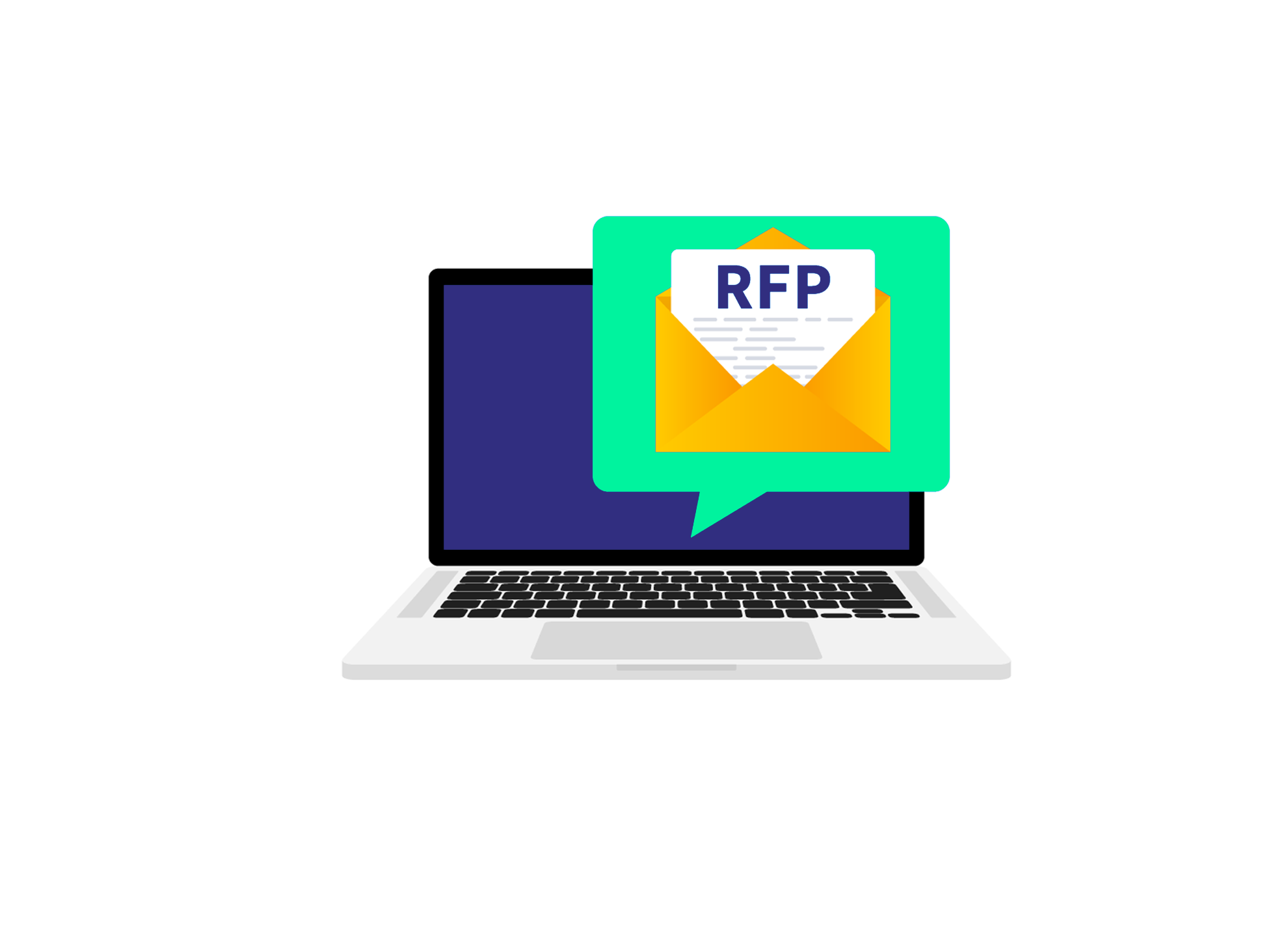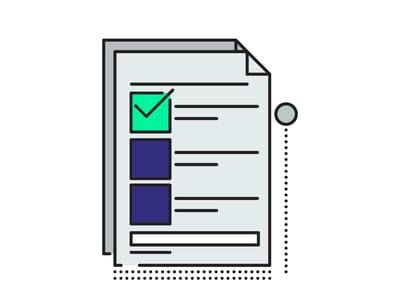Posted on May 15, 2023
Updated on May 17, 2023
6 min read time

So you need a new brand tracker? First of all, congratulations on getting here! Change is hard, especially when it comes to replacing years of trended data.
But fear not. If those years of trended data are not helping you truly move your brand forward, impact your brand strategies, or attribute actual marketing effectiveness - then you’re doing the right thing to bite the bullet and replace that program collecting dust on leadership desks and war room whiteboards.
That being said, you’re busy. and Brand Tracking isn’t your only priority. That means you don’t want to be back in this same place a year from now.
So how do you ensure you make the right choice and that your new brand tracker will stand the test of time? At ProQuo, we’re here to help. We’ve spoken with brands big and small to understand the pain points that cause them to look for something new. And we’ve seen our fair share of Brand Tracking RFPs of all calibers. We have compiled characteristics of your search that will lead to success and how to avoid pitfalls
Here are the simple steps you can take to ensure you find a brand tracker that will serve your brand and business with a purpose for years to come.
Step 1: Why are you looking for a new brand tracker?
Really dig deep here.
This is your chance to design something that will bring your business great value for years to come. To do this, think about all of the PAINS you’re currently experiencing with your brand tracker and the lack of value that causes your ongoing frustrations. These will differ slightly for each business, but there are some consistent themes that might sound familiar.
Data is inaccessible. When you have a request from your brand team or leadership, you don’t have the exact cut they’re looking for at your fingertips.
Data is backward facing: Without a constant finger on the pulse of your brand, it’s difficult to tell what’s actually moving the needle in the market and why.
Data and insights are fragmented and inconsistent - different tools and frameworks are used by different teams for different initiatives. It’s easy for data to slip through the cracks.
It’s "interesting" and maybe it even indicates broadly how your brand is moving, but it lacks actionability: You’re often left questioning what it all means and how to take the most effective action from it.
It’s unreliable: the movements you see in your tracker don’t pan out in the market. Identifying and understanding the difference between ‘brand power’ and ‘brand love’ is vital.
Step 2: Determine your evaluation criteria.
Design your scorecard accordingly.
Your evaluation criteria are key to making the best possible decision on who to partner with. We typically see that brands select 4 or 5 key evaluation criteria to ensure focus. However, you could go as high as 7 or 8, but be careful not to water down your most important criteria.
Here's some of the most helpful criteria that we've seen:

The criteria you select will be unique to your brand, so there are several considerations for your future brand tracker that you should decide on and bake these into your criteria. Ask yourself:
Step 3: Consider what will ensure your new brand tracker stands the test of time.
You don’t want to do this again in 2 years, so choose a company that is going to innovate with you. Think back to step 1. Those needs will evolve, and new pains will emerge if your tracking partner isn’t staying ahead of them for you. So you need to choose a partner willing to evolve with industry changes, use the latest tech, and incorporate the most innovative and effective forms of AI.
Step 4: Get internal buy-in before you get too far down the road.
You might be excited to bring the future of brand tracking to your teams. But some of them, including members of the evaluation committee, will have the same hesitations you did when you began this journey. Take them along for the ride. Make sure they have a voice. Interview them about what they feel they need that they don’t have now. What will make their job easier, more fun, less stressful, and more effective?

And what will it take for you to get a new brand tracker onboard? What requirements will your procurement team have? Make sure you get ahead of the internal process, which can be very lengthy.
Step 5: Determine the format of the deliverables you want back.
Consistency is key in being able to compare each candidate to the next, so make sure you have an Excel or similar type of document that aligns each question you want to ask with the answers from each candidate. This will be the main document used to make head-to-head comparisons.
But don’t make the mistake of stopping there. The innovative companies you really want to work with will be far more creative than Excel and will want to show you what their offering really looks like a bring it to life. Allow them to submit other materials to support their RFP response: PowerPoint deck, demo video. The way they participate in the process and the effort they put into all of these materials will be a good indicator of how good a partner they’ll be once hired.
Step 6: Identify your candidates, and make sure you meet their teams!
Look for companies that focus on brand tracking. If tracking is core to the company’s purpose, you can be sure that each development it makes will always advance your brand tracker.
But the tracker is also only part of the equation. You need a team who will become one with yours. Who will learn your brands, support your strategies, and bring new fresh ideas? The team responding to the RFP won’t always be the same ones servicing your account, so make sure you understand who will be and how that will lead to a successful long-term partnership.
A pilot could be an excellent next step to take. Once you have selected your top two candidates - budget permitting - why not do a 3-6 month pilot with each to make sure you find your perfect partner for the long-term? Make sure to clearly define your success metrics, so you can judge the progress made.

It’s simple, brand tracking is what we do, and from the very beginning, we aimed to thrust brand tracking into the future, arming it with AI so that humans weren’t left alone to spend weeks analyzing data, tying marketing activities to true outcomes, and planning a brand’s next move. We wanted brand tracking to do more than just look at what happened (past tense) to a brand. We wanted it to explain and predict which marketing is working and why by giving the world’s brands live access to people’s subconscious feelings.
With ProQuo, you get:
So say goodbye to the dusty shelf and the anxiety associated with the answer, “I’ll get that for you as soon as I can,” right before scrambling to see if that’s even possible.
And get ready to see your brand teams pop into meetings with live ProQuo data on their screens. And leadership asking for a quick answer to that last campaign because they know you now have the tools to provide it for them.
Marketing today is much faster and more creative than the traditional research that serves it.
There are new solutions and technology which you can embrace today to supercharge your growth. Make sure you’re getting the most innovation for your buck by carrying out an in-depth RFP designed to draw out the benefits of each solution transparently.
Need some help? We'd love to chat. Get in touch here.
Our intelligent platform will take your brand further, faster.
Don’t believe us?
© 2020-2023 ProQuo AI International
All rights reservedWebsite by Blend